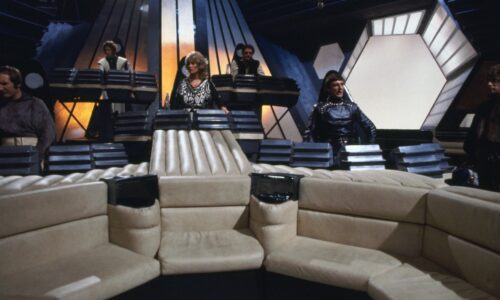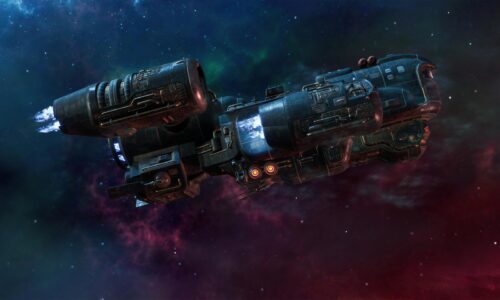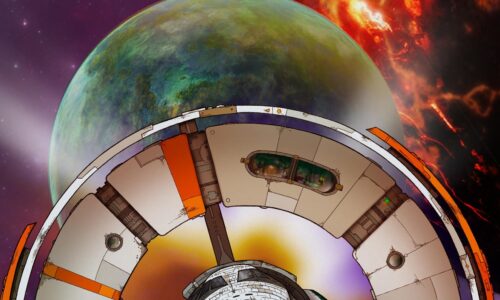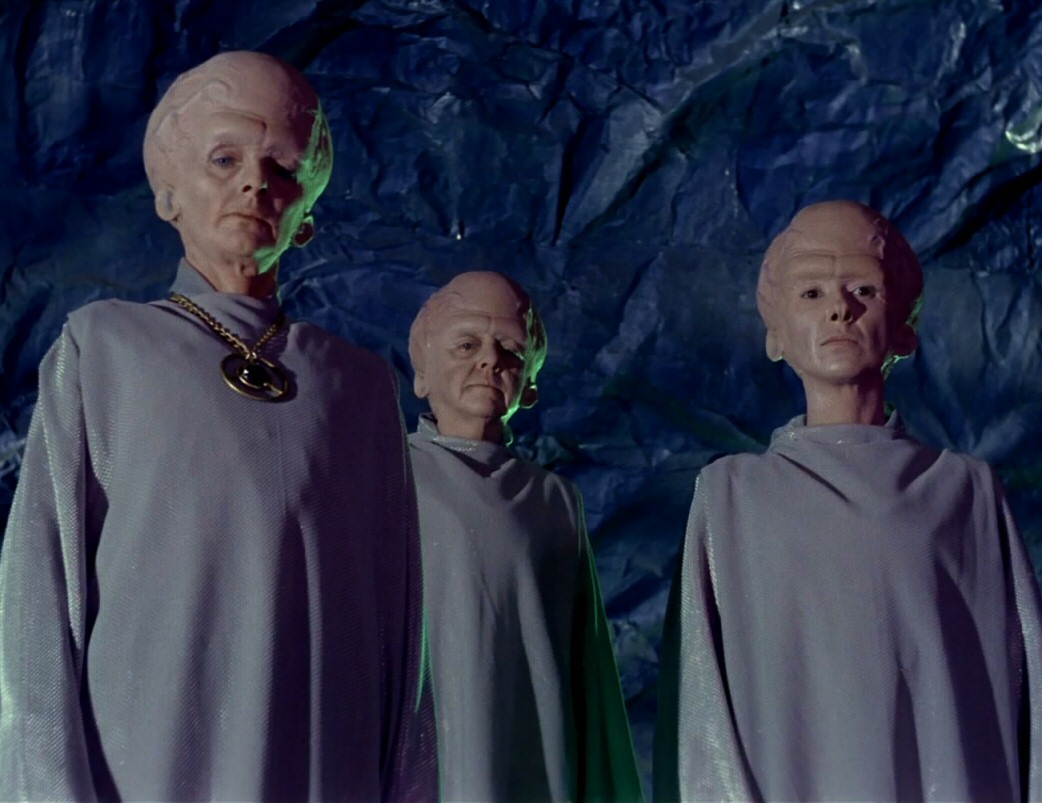
“Intelligences Greater Than Man’s and Yet as Mortal as His Own”
Part 1: Beyond the Bumpy Forehead
- Uncategorized
- January 6, 2021
I spend a lot of time thinking about aliens. What they might be like. Why we tell stories about them in the way they do. These blogs are adapted from a talk I gave at the much-missed Nine Worlds Geekfest in 2013.
One of the main inspirations for that talk was Spock. Particularly, how the Old Spock from the original Star Trek differed from the New Spock in the JJ Abrams Star Trek films (and oh, how good is it to have Star Trek back on telly, where it should be?).
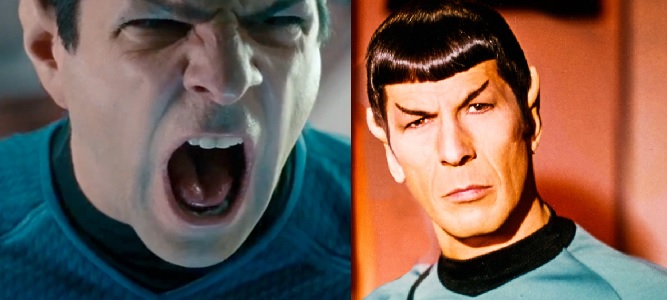
In the original series Spock was (for the most part) emotionless, logical, and without a doubt always the smartest person in the room. Sometimes he might have appeared overly pragmatic or even callous, but it was always clear that he was Kirk’s right hand man because he brought a valuable perspective to whatever crisis the Enterprise might face. His way of doing things was different to the way humans do things, but get this – sometimes the way humans did things was wrong.
Across the movies Star Trek (2009) and Star Trek Into Darkness, Spock’s character arc came down entirely to his learning to enjoy the human virtues of vengeance and shouting. Given a choice between the “emotional” response and the “logical” response, emotion always had to win because it was more human, and therefore, better.
When humans are interacting with aliens in fiction, and the aliens’ entire culture and psychology can’t be summed as “the baddies”, it often tends to fall into two camps. There are the aliens who don’t have fundamental human concepts like “love” or “democracy” or “rock and roll” and need us to go and enlighten them, and there are the glowy white space Jesuses who tell us to recycle and get rid of our nuclear weapons.
These blogs will be about avoiding those clichés and pointing out their pretty dodgy colonialist implications.
This isn’t about realism (although realism can help), it’s about doing what science fiction does best, showing human beings from an outside perspective.
Alien Appearances: Beyond the Forehead
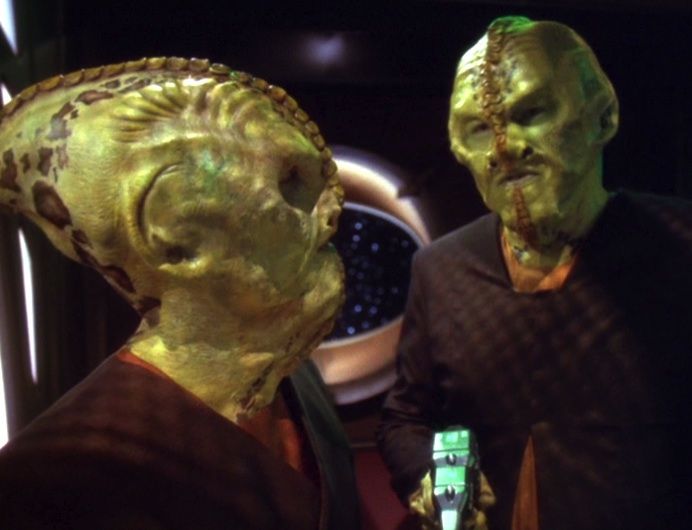
Before we start talking about how our alien culture works, we need to work out what our aliens look like. For most on-screen science fiction, and a considerable amount of written sci-fi as well, the go-to alien shape is the bumpy-foreheaded human (or pointy eared human, or human painted blue).
Even this is still considered excessive effort for some, with Doctor Who’s Time Lords, Kaleds, Thals, and the people of the planet Sto all being indistinguishable from humans.
The reasons for this aren’t simply stinginess in the make-up department. Aliens need to do certain things. They need to be able to use tools, have conversations with the human characters, drive spaceships, serve drinks, sit at tables, all things that we’re used to seeing human shaped bodies do.
And the thing is, this is actually okay. Think about the dolphin, the shark and the prehistoric reptile the ichthyosaurus. They’re all roughly the same shape, despite being as related to each other as they are to you. But they all live in similar environments, facing similar challenges and filling a similar ecological niche.
It’s not completely outlandish to suggest that maybe an animal unrelated to us would find an evolutionary advantage in standing upright, developing opposable thumbs on their forelimbs to manipulate tools and having two eyes on the front of their head to allow for depth perception.
But while there may before perfectly sound reasons for making your aliens humanoid, that is y’know, boring.
This is why a lot of writers look towards wildlife, particularly insects and deep sea creatures, who live in the closest environments to alien planets we have access to on this one (those being really deep under the water, and exactly like our world only much, much bigger). Squid and octopodes are particularly popular models, with their tentacles doing a lot of the jobs we might expect of an opposable thumb.
Adrian Tchaikovsky uses both of these in his Children of Time/Children of Ruin books, where the “aliens” aren’t alien, but are in fact hyper-evolved Earth animals. Ken MacLeod’s Learning the World features a planet of bat-like aliens, and shows us all kinds of ways their shape dictates their culture.
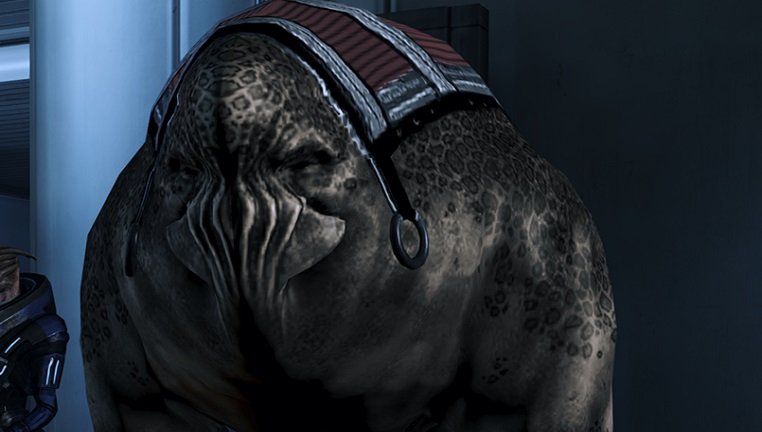
Then of course, there are aliens that try to get away from any kind of Earth shape at all. TV Tropes calls these “Starfish aliens”, the aliens that look properly alien. You’re more likely to see them in videogames like Mass Effect or Half-Life, or in books such as the Banks’ Culture novels than on film or TV, and they can be squid-like, floating jellyfish, gorilla/elephant hybrids or simply a collection of limbs and sensory organs thrown together at random.
You can even go as far out as Douglas Adams’ Hoovoloo, a super-intelligent shade of blue, but there comes a limit to what you can do once you get that surreal.
Terry Pratchett once said that, when asked how to design a fantasy city, the first thing you should consider is how the clean water gets in and the sewage gets out. I can’t help but feel like, if you’re trying to design a remotely realistic alien life form, this ought to be your starting point as well.
Think about how they eat (or photosynthesise), and how they reproduce, how they build their homes and record their knowledge. Think about what consequences these changes could have. In a society where photosynthesis is how people gain their energy, for instance, you’re going end up with an economy that could be heavily based on the spots that get the best sun, at least until the invention of the sun lamp when that entire society will be overturned.
Next week we’ll be looking at how aliens think, what their culture looks like, and some very big What Not To Dos.
In the meantime, if you’ve found this interesting, it just so happens I’ve written a series of novellas with a lot of aliens in. Fermi’s Progress launches next week, and you can order the first part here.

